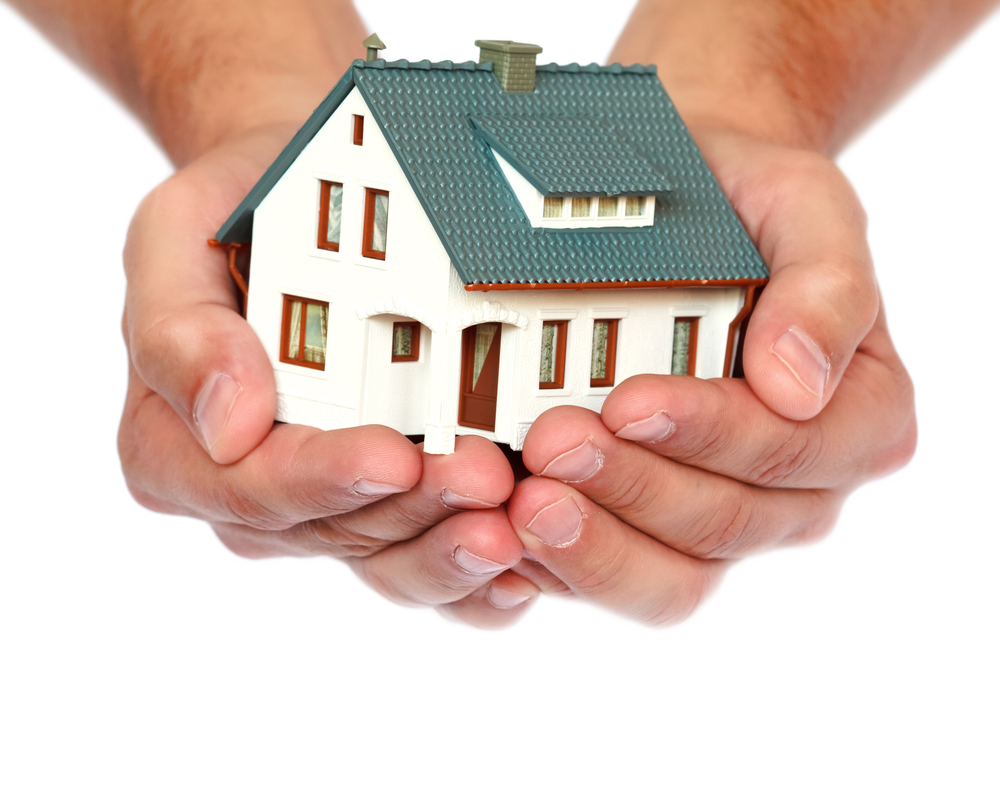There’s nothing quite like enjoying a warm, cozy fire in the fireplace. It’s a place to create memories such as sitting around the big fireplace every Christmas Eve listening to the Christmas story and music. It’s important, however, to keep your home and family safe by keeping your fireplace clean and properly serviced.
Here are some tips for a wood-burning fireplace.
- Before making a fire:
- Open the glass doors (if you have them), open the metal screen, and place your kindling and logs inside.
- Open the damper and a window (just a few inches). Check to make sure smoke will go up the chimney by lighting a match in front of the fireplace, blowing it out, and watching the direction of the smoke.
- What to burn:
- Burn only dry, well-seasoned hardwoods in your fireplace.
- Buy your wood in the spring and store it off the ground and protected from excessive moisture.
- It takes 6 months to a year for green firewood to be seasoned enough to burn.
- What NOT to burn:
- Never burn any materials that are not approved by the fireplace manufacturer.
- Never burn plastic or Styrofoam.
- Do not burn trash because it can create a fire that you cannot control or possibly release dangerous poisons into your home.
- When burning a fire in the fireplace:
- Use your fireplace for short-duration fires, 5 hours or less.
- Safety Screen
- Opening a window will help air flow up the chimney and will keep your house from getting smoky.
- If your fireplace has glass doors, make sure to keep it open so air is drawn up the chimney.
- Keep your metal firescreen closed to keep sparks from popping out on the carpet.
- Never use flammable liquids (such as gasoline) to start a fire.
- Never leave a fire unattended, especially when children are in the house.
- Never use your hands to handle burning logs. Use appropriate fireplace tools.
- Ensure that you wait at least 30 minutes after turning off your fireplace, insert, or stove, before touching it for any reason. The surfaces retain heat.
- Keep your family safe.
- Keep track of children and the infirm around your fireplace.
- Children should not be allowed to play near the fire or to play with fire tools and equipment.
- You may want to have additional barriers, like baby gates around the fireplace to ensure that the children cannot get near the fireplace.
- As soon as they are old enough to understand, teach your children about fireplace safety.
- Prepare your home.
- Keep a non-flammable rug or other material in front of the fireplace to protect from flying sparks.
- Be sure your home is equipped with smoke and carbon monoxide detectors. Check them regularly to make sure they work properly and have working batteries. Each level of your home should have detectors and there should be detectors in or near sleeping areas.
- Equip your home with a fire extinguisher and know how to use it properly. Teach your family members how to use it properly.
- Flammable materials should be at least 3 feet (or more) away from your fireplace.
- Keep your chimney in good condition.
- Keep your chimney clear. If animals nest or debris accumulates and blocks the chimney, it can cause carbon monoxide to flow into your house. Be sure to have an appropriate chimney cap to protect against blockage and water damage.
- Use a spark arrester on your chimney to prevent from sparks flying out which can potentially start a fire on your roof or lawn.
- At least once per year or after approximately 80 fires, have your chimney inspected and cleaned by a certified chimney sweep. Ask him to show you hazards to watch for.
- After a fire:
- Cleaning the Firebox (area where logs burn)
- During the months that you use your fireplace, clean the firebox when ashes build up and at least once per week.
- Leave about an inch of ash because it helps the coals to heat faster and retains heat easier.
- Keep the firebox completely clean during months you do not use the fireplace.
- Remove the ashes.
- It can take up to 3 days for fireplace coals to completely cool. Always wait that long before you remove the ashes.
- Close the damper to reduce excess dust.
- Wear a dust mask and open a window in the same room as the fireplace (to prevent negative air pressure).
- Shovel the ashes into a metal container. Store the container far away from any combustible materials, surfaces and floors.
- Never use a vacuum to remove or clean up ashes because they could contain live coals.
- You can shine your brass fireplace tools with Worcestershire sauce and a toothbrush.
- If you have glass doors, you can clean tough stains (from flames and heat).
- Make sure they are cool and then use a razor blade to scrape off tough gunk deposits.
- Clean the rest of the stains off with a cleaning solution. Spray or sponge the cleaner on and wipe it away with a newspaper (which is lint-free). Three possible cleaning solutions include:
- Add a squirt of liquid dishwashing detergent to a bucket of warm water.
- Add a cup of white vinegar to a gallon of water.
- Purchase appropriate fireplace glass cleaner at a fireplace store.
- Cleaning your exterior hearth
- A slate hearth should be washed, dried and coated with lemon oil every six weeks to make it shine.
- A brick hearth should be cleaned with a brick cleaner purchased at a fireplace shop.
- Cleaning the Firebox (area where logs burn)

